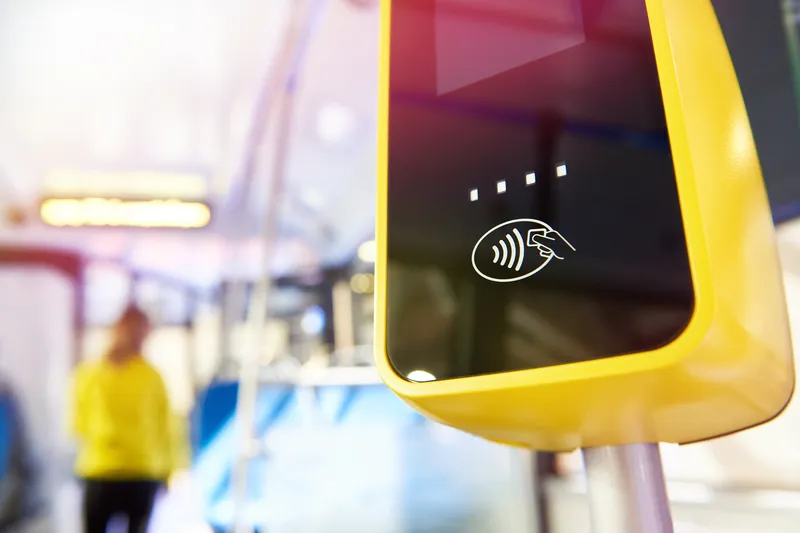India’s Centre for Railway Information Service (CRIS) has announced a new web application called RailRadar, which allows users to access the location of a specific train on Google maps and track movements of trains in real time. Developed jointly with RailYatri, the app will help users find the exact geographical location of Indian Railways’ 6,500 passenger trains. Users can also access the RailRadar service from their mobile phones via the device's browser. The opening screen of RailRadar features a map o
October 23, 2012
Read time: 2 mins
India’s Centre for Railway Information Service (CRIS) has announced a new web application called RailRadar, which allows users to access the location of a specific train on 1691 Google maps and track movements of trains in real time.
Developed jointly with RailYatri, the app will help users find the exact geographical location of Indian Railways’ 6,500 passenger trains. Users can also access the RailRadar service from their mobile phones via the device's browser.
The opening screen of RailRadar features a map of India with details of the trains running. A display that shows the number of trains tracked at that point in time, and the percentage of trains that are on schedule. Trains that are on time are shown in blue, while the late ones are shown in red. On clicking the train, users can also see the route, including all the stops, and the current real time location of the train. Users can also zoom in and out on the map to get more details. The site also provides users with an overview of any accidents or unplanned stoppages.
Developed jointly with RailYatri, the app will help users find the exact geographical location of Indian Railways’ 6,500 passenger trains. Users can also access the RailRadar service from their mobile phones via the device's browser.
The opening screen of RailRadar features a map of India with details of the trains running. A display that shows the number of trains tracked at that point in time, and the percentage of trains that are on schedule. Trains that are on time are shown in blue, while the late ones are shown in red. On clicking the train, users can also see the route, including all the stops, and the current real time location of the train. Users can also zoom in and out on the map to get more details. The site also provides users with an overview of any accidents or unplanned stoppages.










